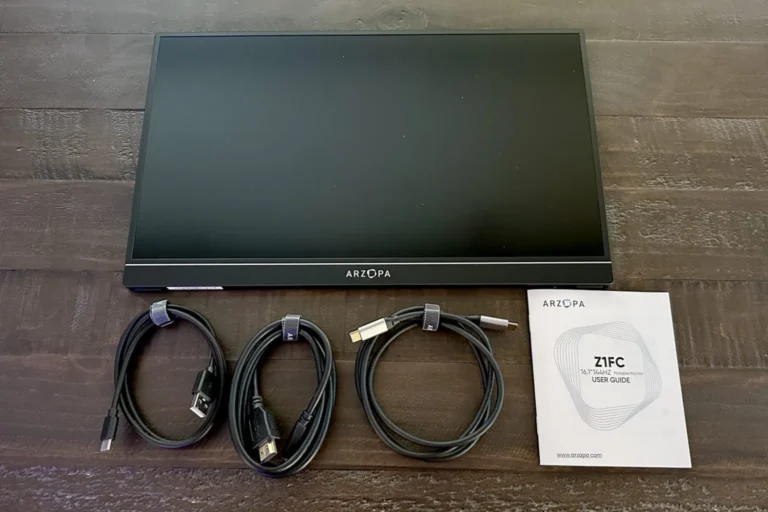
Signs Your Home Might Have Fleas
One of the most tell-tale signs of a flea infestation is when your pet scratches more frequently than usual. Fleas, in their quest for sustenance, feed on the blood of their hosts, leading to significant itching and discomfort. This behavior serves as a signal for pet owners to commence a more thorough examination. You might also notice tiny black specks on your pet’s skin: flea dirt or feces. To confirm a flea presence, conduct a careful inspection:
- Use a fine-toothed comb.
- Part your pet’s fur at the base of the tail.
- Check for fleas or droppings.
Discovering such signs indicates the need for effective pest management solutions to address the issue pragmatically and efficiently.
Understanding Fleas: What You Need to Know
Fleas are tiny insects notorious for being a common nuisance to pets and humans. Though diminutive, these pests can jump significant distances, allowing them to move between hosts quickly. Understanding the biology of fleas is crucial in crafting an effective management strategy. Fleas are wingless and thrive in warm, humid climates, primarily active in spring and summer. This activity is driven by a life cycle of egg, larva, pupa, and adult stages. The timing of this cycle can vary, spanning from two weeks to several months, and is and is influenced heavily by environmental conditions.
Getting to the Root: How Fleas Enter Your Home
Fleas can hitchhike into your home in many ways, making vigilance vital to preventing an infestation. Predominantly, they sneak in on our beloved pets but can also find passage via humans, clinging to shoes, clothing, or shopping bags. Moreover, fleas are adept at migrating from one infested household item to another, such as furniture or carpets, especially if you’ve recently relocated or acquired second-hand items. Understanding these potential access points is a cornerstone in strategizing ways to keep fleas at bay, particularly during the warmer months when their activity escalates significantly. This comprehension helps close these pathways before they become more significant problems, making proactive steps vital to a thorough prevention strategy.
Routine Practices for Flea Prevention
Prevention is more advantageous than cure, and establishing a routine is critical to circumventing a full-blown flea problem. Regular grooming sessions for your pets, which include baths with vet-recommended shampoos and consistent combing with a flea comb, can significantly reduce the likelihood of a flea infestation. Additionally, vacuuming your home at least once a week is another potent line of defense, as it removes flea eggs and larvae from carpets and upholstery. It ensures that these unsuspecting hotspots are not breeding grounds. Additionally, washing your pet’s bedding and any blankets they frequent in hot water eliminates potential flea-hiding spots effectively. Adopting these practices creates an inhospitable environment for fleas, leaving them minimal opportunities to thrive.
Natural Remedies: Safer Options for Your Pets and Home
For those inclined towards natural and chemical-free solutions, numerous options offer a safe yet effective way to deter fleas. For instance, a homemade flea trap using soapy water placed under a nightlight can prove surprisingly effective, as it attracts and traps fleas that leap toward the light. Many have also found success using essential oils such as lavender or cedarwood, which act as natural repellents, providing both efficacy and a pleasant aroma. However, it’s crucial to use these oils safely, preferring to consult a veterinarian as some pets may harbor sensitivities.
The Role of Professional Pest Control in Flea Management
There are instances when, despite efforts, a flea infestation might necessitate professional intervention to prevent escalation. Pest control experts can assess the depth and breadth of an infestation, designing and implementing targeted treatments tailored individually to your household’s needs. These treatments are particularly effective in efficiently eradicating fleas, minimizing any disruption to your daily life, and ensuring the safety of your family and pets. Moreover, professionals also provide invaluable advice on maintaining a flea-free environment moving forward, empowering homeowners with the knowledge to prevent future infestations comprehensively.
Frequently Asked Questions on Flea Control
The complexities surrounding flea infestations often spark numerous questions from concerned homeowners. A recurring inquiry is whether fleas can live in carpets; unfortunately, they can. Carpets provide an ideal environment for flea larvae to develop unnoticed, fostering their growth and making early detection difficult. Another common question is how long flea treatments take to work. Typically, treatments can begin showing results within a few hours, depending on the treatment used, but breaking the flea life cycle might require several weeks. Addressing these common concerns helps demystify the flea control process, lowering the stress associated with infestations.
Additional Resources on Flea Prevention
Engaging with various resources enriches your understanding of flea prevention, giving you the upper hand in tackling potential infestations. Your local veterinary clinic can provide the latest preventive measures tailored to your pet’s needs and ongoing treatments. Additionally, consulting authoritative guides can offer comprehensive insights and tips on reducing flea infestations. These materials, paired with proactive preventive measures, can form a robust framework in your efforts to maintain a flea-free home and ensure the well-being of all household members, human and furry alike.




